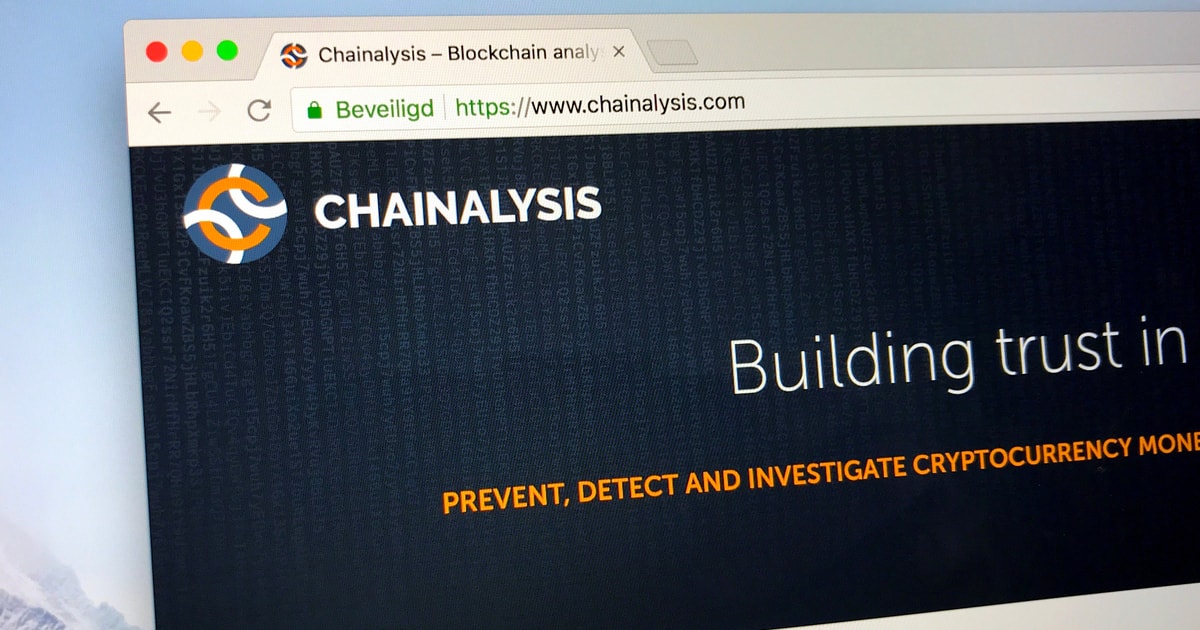Terryl Dickey
Sep 18, 2024 07:09
Chainalysis’ 2024 report shows how institutions in South Korea and Hong Kong are leading the way in cryptocurrency adoption in East Asia.
A recent report from Chainalysis shows that there is a significant surge in cryptocurrency adoption in East Asia, driven primarily by institutional investors in regions like South Korea and Hong Kong.
Crypto Economy in East Asia
East Asia is the sixth largest crypto economy globally, accounting for 8.9% of the global value generated between July 2023 and June 2024. During this period, the region received over $400 billion in on-chain value. The report highlights that the region’s share of cryptocurrency trading value remained stable, with centralized exchanges (CEXs) being the most popular service category, accounting for 64.7% of the value generated.
Much of this activity is driven by large-scale transfers representing institutional and professional investors. East Asia accounts for the largest share of professional-scale transfers compared to other regions studied in the report.
Korea: The leader
South Korea has emerged as the largest market in East Asia, receiving around $130 billion in cryptocurrency value. The country’s share of transaction value has been steadily increasing since Q1 2023. Factors contributing to this growth include distrust in the traditional financial system and the adoption of blockchain technology by large companies such as Samsung.
“With major companies in the region embracing blockchain, the public’s perception of cryptocurrencies as a viable investment option has become more solid,” said a leader at a top cryptocurrency exchange in South Korea.
There has also been a surge in interest in South Korean altcoins and stablecoins, especially since Bitcoin (BTC) surpassed $70,000 in January 2024. Altcoins, which are primarily traded in Korean Won (KRW), have seen more outflows to global exchanges than any other crypto asset. The increase in stablecoin outflows began in December 2023, coinciding with the listing of USDT on major South Korean exchanges.
Hong Kong’s regulatory push
Hong Kong has emerged as a major crypto hub in the Greater China region thanks to its supportive regulatory framework. The region has the highest year-over-year growth rate in East Asia, ranking 30th globally on the Chainalysis Global Crypto Adoption Index at 85.6%.
In June 2023, the Hong Kong securities regulator implemented a new regulatory regime for Virtual Asset Trading Platforms (VATPs), providing a regulated route for retail investors to access cryptocurrencies. Until May 31, 2024, exchanges could only operate if they were licensed or “deemed” to be licensed. This led to the transition to regulated exchanges.
Stablecoins accounted for more than 40% of total value received in Hong Kong each quarter, and this is expected to increase as the Hong Kong Monetary Authority’s regulatory framework is implemented, allowing retail investors to access regulated stablecoins.
China’s Cryptocurrency Environment
China has had a tumultuous relationship with cryptocurrencies, marked by numerous crackdowns and regulatory changes. Despite this, Chinese citizens have turned to over-the-counter (OTC) platforms and peer-to-peer trading networks to preserve their wealth.
“The overall sentiment towards the Chinese economy is negative, so people are looking for ways to move money out of the country,” said Ben Charoenwong, an assistant professor of finance at INSEAD. “The growing use of OTC cryptocurrencies in China suggests that people are looking for faster options to move money.”
Future outlook
The surging interest in altcoins and the variety of trading opportunities foreshadow a strong future for South Korea as a regional leader in cryptocurrency innovation. Meanwhile, Hong Kong’s supportive regulatory framework is expected to further accelerate institutional adoption across East Asia.
Visit the Chainalysis blog to learn more.
Image source: Shutterstock

